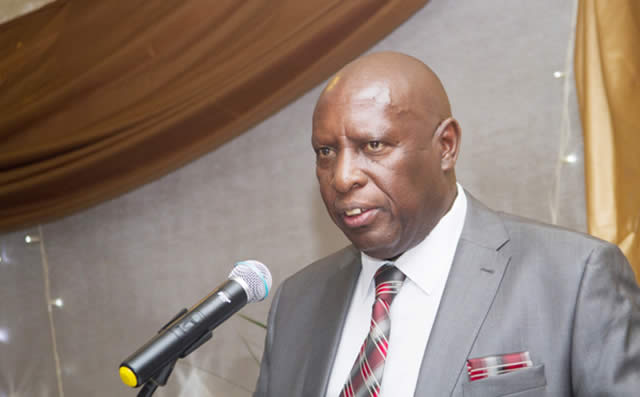Govt directs ZENT to start making solar geysers

Tinashe Makichi Business Reporter
Government has directed ZESA Enterprises to start manufacturing solar water geysers by February 2016 in view of the ban on electric water geysers that is expected to result in a saving of up to 400 megawatts of electricity. ZESA Enterprises (ZENT) is a wholly-owned subsidiary of ZESA Holdings which provides engineering solutions to the electricity sector through four operating divisions, namely Manufacturing, Projects, Transport and Retail.
“Government has directed ZENT to start manufacturing solar water heaters by February 2016 and thereafter installation will begin. “The ministry is embarking on a solar geyser programme and if we replace electricity geysers we would have saved 30 percent of electricity consumption.
“The cost of solar geysers is only on installation and if we replace all the existing geysers we will have saved 300MW and on that we would eventually build another power station,” said Dr Undenge. He said the mandatory solar water heating system for all housing projects is expected to start in January 2016.
ZENT designs, manufactures and repair distribution transformers from 10kVA to 1MVA of voltage class 11kV to 33kV. It also manufactures, repair and maintenance of power transformers from 1MVA to 40MVA and 132kV voltage class and the requisite commissioning among other things.
However, through its technical expertise Government directed the ZESA Holdings subsidiary to take part as the energy sector heads towards harnessing renewable sources of energy.
“We should use power efficiently in the home and if we conserve power we will make a saving of about 100MW. I have directed all energy companies particularly ZERA, ZESA to undertake increased power saving awareness especially in Government buildings,” said Dr Undenge.
Zimbabwe is currently experiencing electricity challenges worsened by the routine maintenance at its two largest power plants and a recent decline in water levels at Lake Kariba.
In a bid to mitigate these challenges Dr Undenge said the feasibility study for the 2400 Megawatts Batoka Hydro plant on the Zambezi River is nearing completion. The proposed hydroelectric scheme is located on the Zambezi River, about 54km downstream of the Victoria Falls, across the boundary between Zambia and Zimbabwe. It involves the construction of a dam and a hydro-power plant on the Zambezi River.
Batoka was previously projected to produce 1 600 Megawatts but recent analysis show that power generation will reach 2 400MW with each country expected to get 1 200MW. If completed, the project would increase generation capacity and reduce reliance on electricity imports and initial studies have shown that the Batoka hydro scheme would turn Zimbabwe into a regional net exporter of power.
The project would also improve the generation mix which is currently skewed in favour of coal-fired plants. The Batoka hydro concept was conceived in 1972 out of a study instituted by the predecessor of Zambezi River Authority, the Central African Power Corporation.
The World Bank availed a $6 million grant early this year for feasibility studies to be undertaken before the construction of the project could commence. Dr Undenge said there are also plans to re-power the Bulawayo power station and equipment is already on the ground.
He said financial closure for the 2x300MW expansion of Hwange Thermal Power Station is imminent and the project will begin earnest in the first quarter of next year while the Gairezi small hydro power project of 30MW has gone to tender and the winner should be announced before the end of this year.










Comments